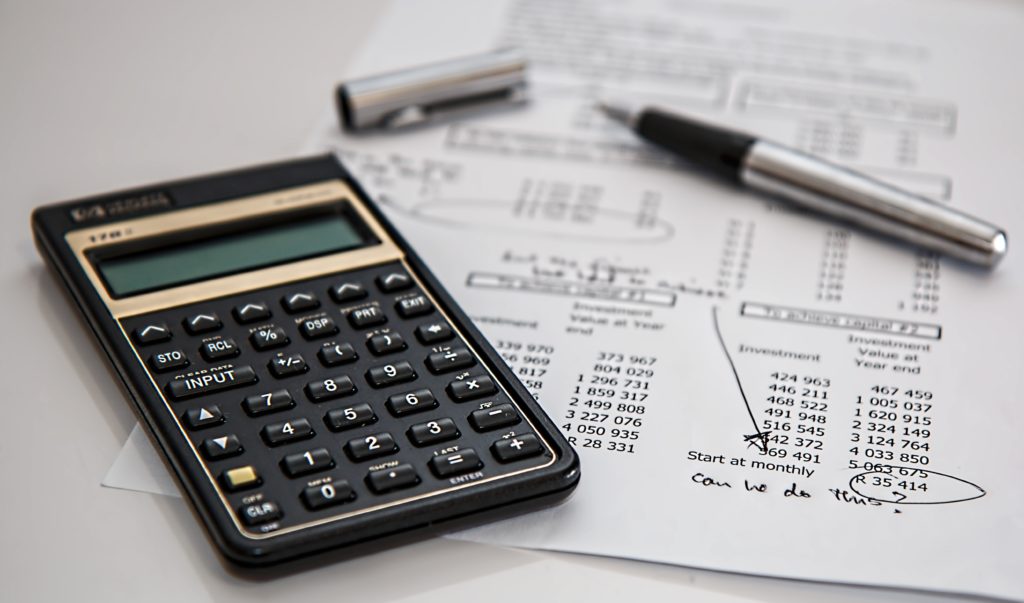The Return on Assets Ratio (ROA) shows how well a company uses its assets in order to generate profits. ROA is one of the profitability ratios that are used to understand and assess whether the resources that a company has at its’ disposal are used in an efficient way.
ROA Formula
Return on Assets is calculated by dividing the net profit for the year to the total assets that a company has and is generally expressed as a percentage. The net profit is a figure found in the statement of financial performance (also often called the profit and loss account or income statement) while the total assets is recorded in the statement of financial position (also referred to as the balance sheet).
In addition, Return on Assets can be also calculated by taking the average assets (average of opening and closing) but for companies with fairly stable assets, this version should produce consistent results. Furthermore, there are analysts that prefer to ignore (or better to add back) the interest expense since the interest is effectively the cost of raising the capital in order to acquire the costs.
In summary, the Return on Assets Ratio can be calculated as follows:
Return on Assets: (Net Profit/Total Assets)%

ROA Calculation and Examples
The table below includes details for two companies with different numbers. We will use these two companies in order to calculate both versions of the return on assets ratio (with interest and without).
| Company A | Company B | ||
| Net Profit | $4,000,000 | Net Profit | $3,000,000 |
| Interest Expense | $(250,000) | Interest Expense | $(100,000) |
| Total Assets | $15,000,000 | Total Assets | $8,000,000 |
Company A: Using the first version (ignoring the interest expense), the Return on Assets Ratio is : $4,000,000/15,000,000 or around 27%. However, adding back the interest expense slightly increases ROA to 28% ($4,250,000/$15,000,000).
Company B: Using the simpler formula, ROA is 38% ($3,000,000/$8,000,000) while by using the second version ROA becomes 39% ($3,100,000/8,000,000)
Return on Assets Ratio Interpretation
The examples above, show that while the first company has higher net profit, it also uses significantly higher assets to generate these profits and therefore, the return on assets ratio is lower. All things being equal, increasing the total assets for Company B and matching them to the assets that Company A has would allow it to generate more profits than company A.
In other words, the example above shows that company B is more efficiently using its’ resources and is able to generate more cents of profits per cent of assets.

Comparing Ratios
Comparing the Return on Assets for one company with the Return on Assets for another company is useful but also certain difficulties. Each company is unique and has a different structure. In addition, a company that operates in the manufacturing sector for example might be more asset intensive and might have a higher asset base compared to a company that is providing services (as an example a marketing company).
Therefore, the Return on Assets Ratio should be ideally used to compare companies that operate in the same industries or be used to understand if a company is improving based on historical information.
Return on Assets Ratio Calculator
The calculator below can be used to produce the ROA ratio. Simply input the net income and total assets for the company you want to calculate the Return on Assets for.
